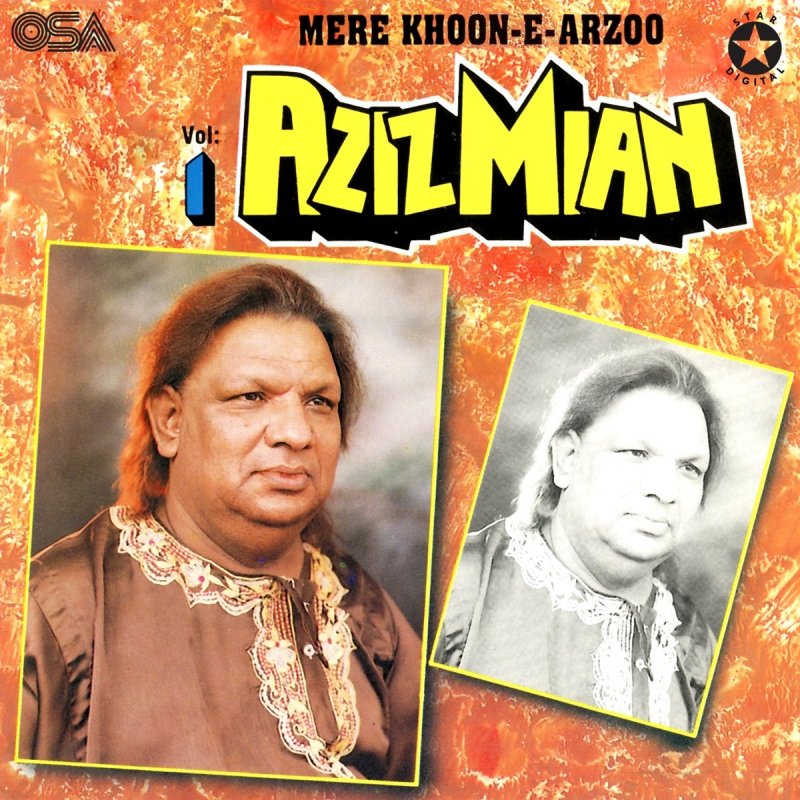

The orthodox ulema retaliated by condemning Sufism for introducing ritualistic and philosophical innovations ( biddat) in the faith.
com.jpg)
There was a history of conflict between Sufism and the more orthodox strands of Islam in which Sufis rejected the strict ritual and doctrinal regimentation of orthodoxy, accusing it of divorcing faith from its spiritual core and soul.

These shrines, that today can be found across both India and Pakistan, were (and still are) visited not only by the region’s Muslims, but also by Hindus and Sikhs. In Persia and Turkey, it had a tradition of being restricted to expressing the inner workings of Sufi orders, but by the 16th century (in South Asia), Qawaali also began to reflect the emotional and devotional dynamics of the populist culture and milieu that had begun to develop around the cults of living Sufi saints, and more so, around the shrines of the saints who had passed away. Here, it adopted the many musical instruments developed by Amir Khusro, the brilliant 13th century musician and poet in the courts of India’s Muslim Delhi Sultanate (12th-15th century CE).Ī 13th century miniature showing Amir Khusro teaching pupils music that evolved into becoming the Qawaali. The genre came to be known as Qawaali when, from the 12th century onwards, it came into contact with the classical music traditions of South Asia and the devotional music of the dominant religions found in the region. Qawaali in South Asia was inspired by devotional music of Sufi orders of Persia and Turkey in which the beauty and power of the Almighty and his creations were sung to the tune of hypnotic and repetitive music and whirling dances. In the process, he developed and honed a style that was uniquely his own. More so an iconoclast qawaal rather, because of the way he often shattered various long-held traditions of the Qawaali music genre. He would often explain this as being a state of mind from where the brawling men could be hurled into the next state a state from where they could leap to strike a direct spiritual connection with the Almighty.Ī journalist reviewing one such Aziz Mian concert in Karachi in 1975 (for Dawn Magazine) described him as ‘the Nietzschean qawaal!’īy the late 1970s, Aziz Mian had risen to become an iconic qawaal in Pakistan. Aziz Mian would purposely work up the audience towards a state in which many in the crowd ended up losing all sense of order and control. Many of his concerts usually fell apart and turned into drunken brawls.


 0 kommentar(er)
0 kommentar(er)
